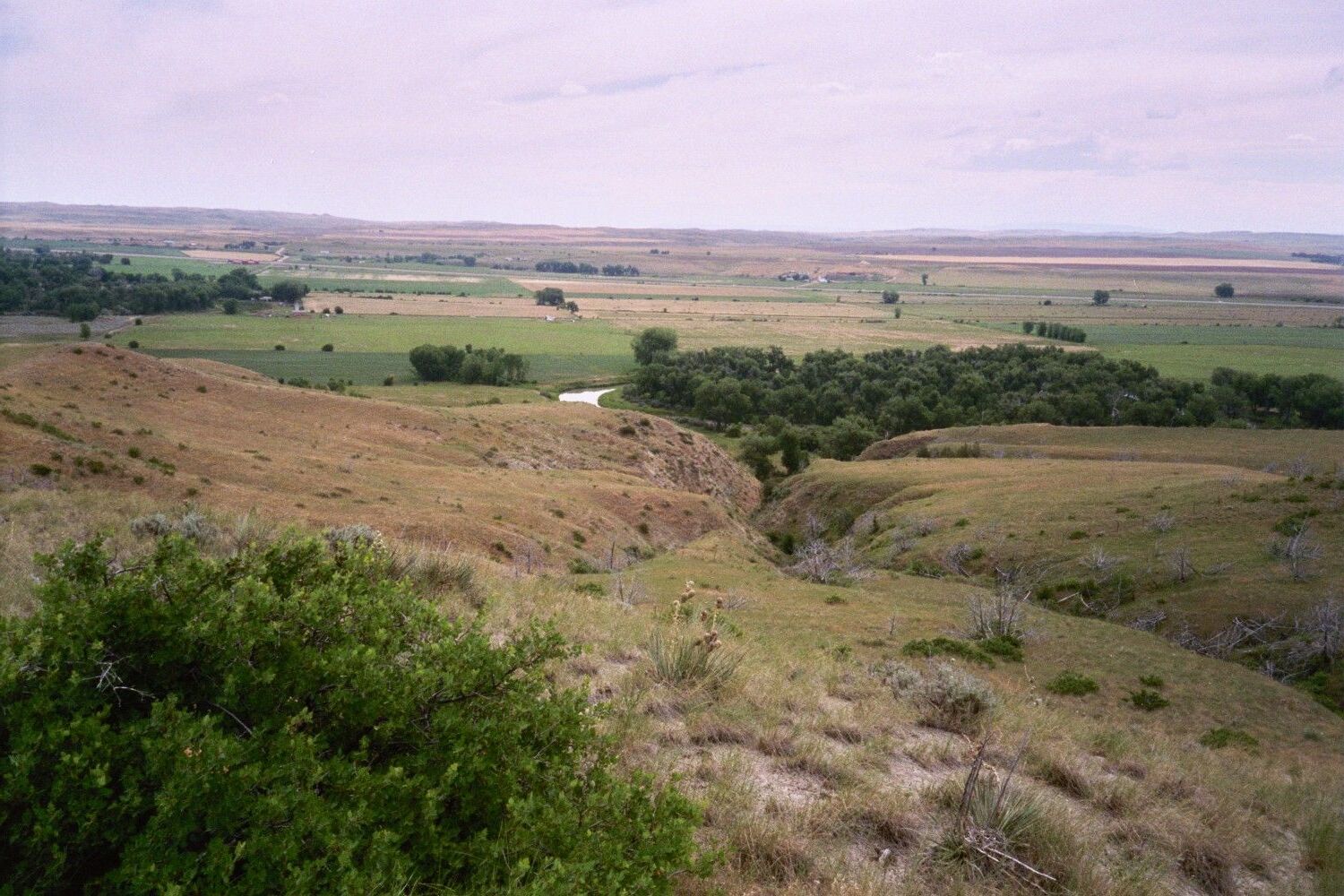Unveil History’s Echoes At Little Bighorn’s Weir Point

Have you ever wondered what it feels like to stand on a battlefield where history was made? Little Bighorn's Weir Point offers a unique glimpse into the past, allowing visitors to walk the same grounds where the famous battle took place. Located in southeastern Montana, this historic site is a must-see for anyone interested in American history. As you explore the area, you'll find markers and monuments that tell the story of the clash between the U.S. Army's 7th Cavalry and the combined forces of the Lakota, Northern Cheyenne, and Arapaho tribes. Whether you're a history buff or just looking for a meaningful day trip, Little Bighorn's Weir Point promises an unforgettable experience.
Discovering Weir Point
Weir Point at Little Bighorn Battlefield offers a unique glimpse into a pivotal moment in American history. This site, named after Captain Thomas Weir, provides visitors with a chance to walk the same grounds where soldiers and Native American warriors once stood. Let's explore the key spots at Weir Point that bring history to life.
Key Spots at Weir Point
1. Weir Point Overlook
The Weir Point Overlook offers a panoramic view of the battlefield. From this vantage point, you can see the rolling hills and the Little Bighorn River, imagining the movements of both the U.S. Cavalry and the Native American forces. The overlook provides a sense of the vastness of the battlefield and the challenges faced by both sides.
2. Weir Point Marker
A marker at Weir Point commemorates Captain Thomas Weir and his men. This spot marks where Weir and his troops attempted to provide support to General Custer. The marker serves as a poignant reminder of the bravery and sacrifice of those who fought here.
3. Deep Ravine Trail
The Deep Ravine Trail starts near Weir Point and leads visitors through a significant part of the battlefield. This trail takes you to the site of some of the fiercest fighting, offering a closer look at the terrain and the challenges faced by the soldiers. Walking this trail gives a deeper understanding of the battle's intensity.
4. Last Stand Hill
Though not directly at Weir Point, Last Stand Hill is a short distance away and is a must-visit. This is where General Custer and his men made their final stand. The site is marked by a memorial and numerous headstones, providing a somber reflection on the battle's tragic end.
5. Indian Memorial
The Indian Memorial, located near Last Stand Hill, honors the Native American warriors who fought at Little Bighorn. This circular structure features inscriptions and artwork that celebrate the bravery and culture of the Native American tribes involved in the battle. The memorial offers a balanced perspective on the conflict.
6. Custer National Cemetery
Custer National Cemetery, located within the battlefield, is the final resting place for many soldiers who fought in the Indian Wars. The cemetery provides a quiet place for reflection and remembrance. Walking among the headstones, visitors can pay their respects to those who served and sacrificed.
7. Visitor Center and Museum
The Visitor Center and Museum at Little Bighorn Battlefield offer exhibits and artifacts that provide context to the battle. Here, you can learn about the events leading up to the battle, the strategies employed by both sides, and the aftermath. The museum enhances the experience of visiting Weir Point by providing a comprehensive understanding of the battle.
8. Reno-Benteen Defense Site
The Reno-Benteen Defense Site, located a short drive from Weir Point, is where Major Marcus Reno and Captain Frederick Benteen made their stand. This site includes markers and interpretive signs that explain the actions taken by Reno and Benteen's troops. Visiting this site provides a fuller picture of the battle's scope.
9. Keogh-Crazy Horse Fight Site
The Keogh-Crazy Horse Fight Site marks where Captain Myles Keogh and his men engaged in battle with Crazy Horse and his warriors. This site is significant for understanding the broader movements and strategies during the battle. Interpretive signs provide details about the fight and its impact on the overall conflict.
10. Medicine Tail Coulee
Medicine Tail Coulee is another important location within the battlefield. This area saw significant action as Custer's troops attempted to cross the Little Bighorn River. The coulee's rugged terrain adds to the understanding of the difficulties faced by the soldiers during the battle.
Final Stop: Little Bighorn's Weir Point
Little Bighorn's Weir Point offers a glimpse into American history. Standing on this hallowed ground, you can almost hear the echoes of the past. The panoramic views are breathtaking, but the stories they hold are even more captivating. This site isn't just for history buffs; it's for anyone who wants to connect with the roots of the nation.
The interpretive signs and markers help paint a vivid picture of the events that unfolded here. It's a place where you can reflect on the bravery and struggles of those who fought. Whether you're a solo traveler or with family, Weir Point provides a meaningful experience.
So, pack your bags and head to Little Bighorn. You'll leave with a deeper understanding of America's past and a heart full of memories. This destination is a must-see for anyone exploring the United States.

